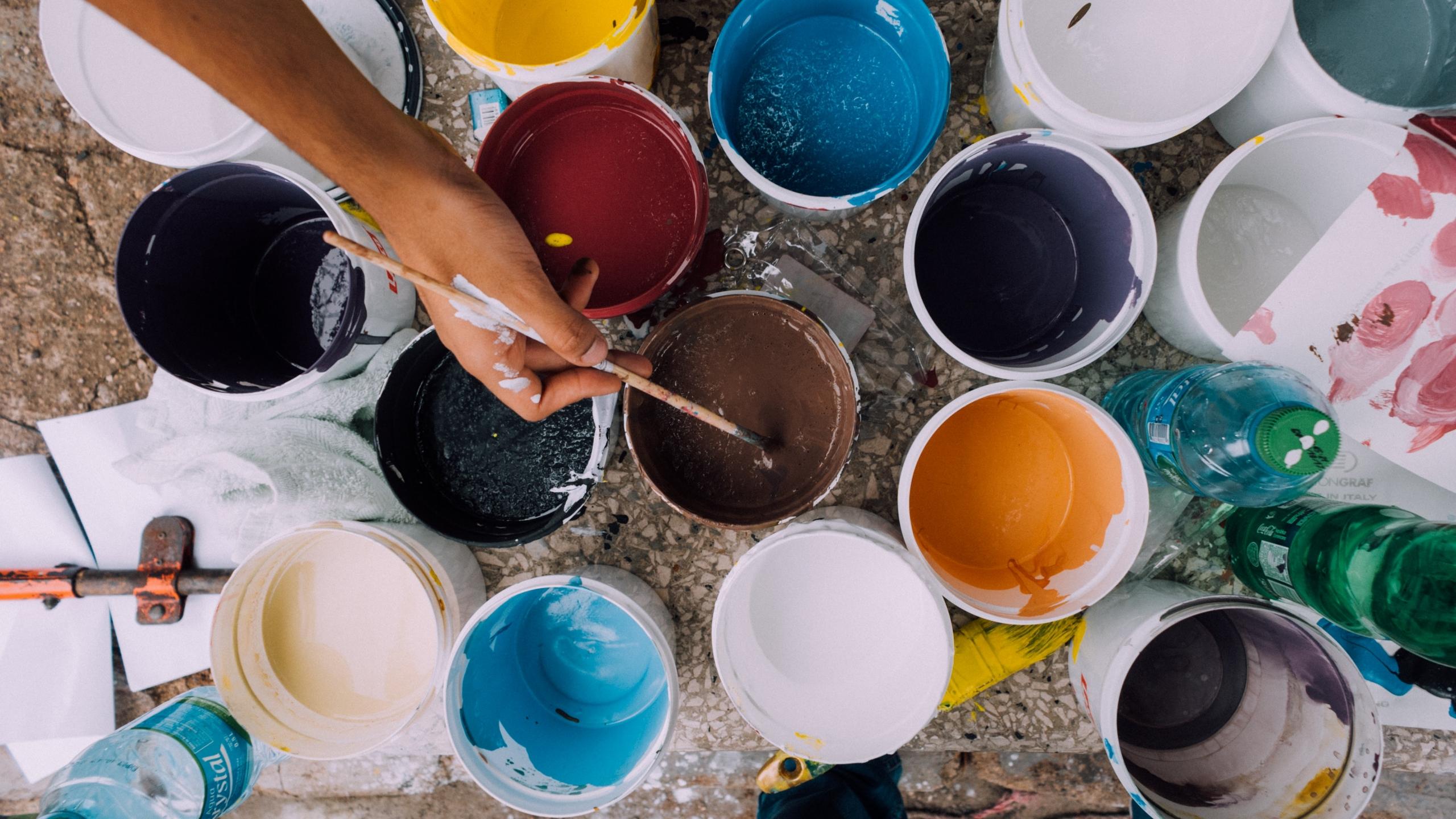Manet, Van Gogh, Kandinsky, Cezanne, Rembrandt, Munch, Courbet, do all these names make you want to paint? The road to becoming an artist, however, is a long one, paved with exhibitions, painting classes near me and hard-work. That's why all painters should have the best equipment possible at their disposal so they can express themselves and work to the best of their abilities. Painting on silk, painting on glass, painting on canvas, painting with watercolors, each artist has their own style. The equipment needed, therefore, will depend on the artist. Linen canvas, drawing material, paint tray, knives, fixative, painting kit, sketch pad, you choose according to what you want to learn to paint.
Art lovers don't stop at visiting museums to enjoy their favorite canvases; they also take brush to hand to impose their imagination onto canvas or sketchpad... or computer. Expressing oneself artistically has many benefits, one of them being a calming effect: drawing and painting can reduce stress. While sketching, the artist detaches from the strain of today's ultra-connected world. Artistic endeavors work the right side of the brain, improve hand-eye coordination, and can even lower blood pressure. To effectively render art, one must observe nature and be able to faithfully reproduce it, without letting your left brain influence artistic vision.
Right brain? Left brain?
To fully grasp how the brain's hemispheres influence perception and artistic ability, you should check out Betty Edwards' book: Drawing on the Right Side. As fascinating as the topic of the human brain is, our interest lies elsewhere, at least for this article.
While art can be made of just about everything, drawing anything, be it the human form or a rose, requires certain implements.
From graphic tablets to charcoal and colored pencils, we now discuss the logistics of art creation. Here are some ways to get the essential materials.

Pick Your Favorite Paint
Have you just uncovered a whole new passion for painting? Acrylics, oil painting, watercolors, does all of this make you want to get your hands on a paintbrush?
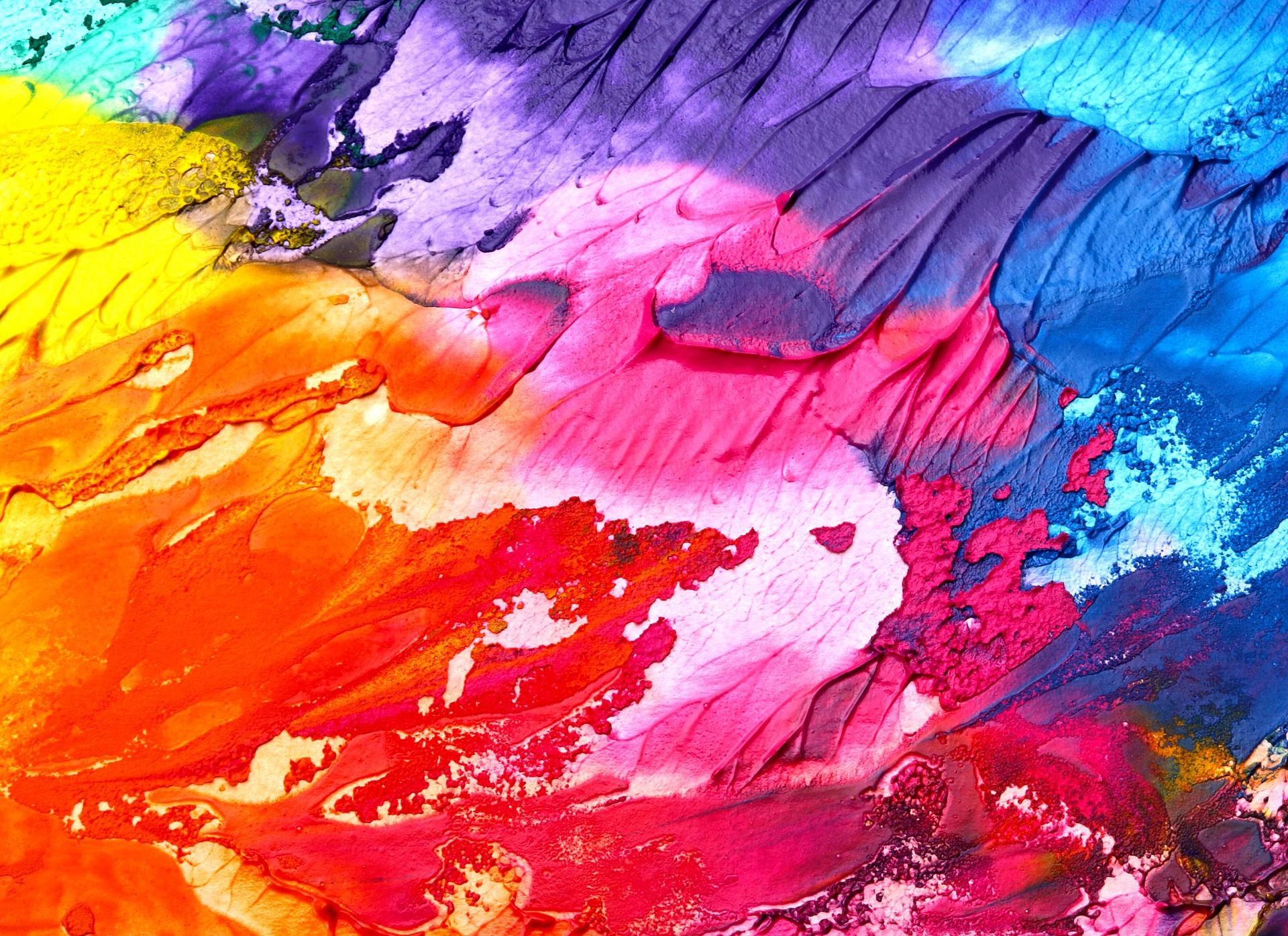
Now you have to go and practice. This is where things get complicated. You won't become Van Gogh overnight! To paint the most beautiful portrait of your little sister, you need to know what paint to use first. This depends entirely on your taste, your objective and your style of painting.
Watercolor Painting
This type of painting is often used by artists on the move. A paint that's easy to carry and doesn't require a lot of equipment. All you need is a paintbrush and some water to use watercolour paints, even in the middle of the street! This type of painting, made from finely crushed pigment, is used on special paper. It must absorb the water without creasing. You can buy notebooks with this type of paper, which are handy for taking with you everywhere you go. The paint is sold in the form of small tubes or cubes which are stored in a special box that can also be used as a palette. Buying a set will cost you between 20 and 100 pounds. It all depends on the size of the kit. Make sure to check out the painting resources online when choosing your equipment!
Gouache
Gouache is a paint composed of pigment, the binding agent gum arabic and a solid white pigment. It is widely used in schools and is the easiest paint to use. Simply dilute it with water and then paint on any type of paper. Its appearance is much more opaque than watercolor paints. The price of gouache paint is relatively low because of its composition and the fact that it's intended for children.
Acrylic painting
This paint is a mixture of pigment, drying oil with a binder made of acrylic resin and water. Thanks to this water, acrylic is a paint that can be easily washed when it gets on clothes. It also dries very quickly which makes it the perfect paint for painters who don't want to spend days on their artwork. However, this also means that you have to act fast when mixing colours.
Oil Painting
Made with drying oil and pigment, oil painting is very popular among artists who like to take their time. It usually takes three layers to achieve the right finish. The first layer is done with turpentine essence to get an outline. The following steps involve applying different layers of paint by adding more and more oil. Each layer must dry for several hours before you can continue. Painting in multiple layers makes it easy to correct any errors you might have made. However, make sure to paint in a ventilated area as oil paint is rather toxic. For each painting, it may be wise not to go for the cheapest price. Choosing good quality paint is the first step to a successful artwork. Discover also how to pick a painting technique!
Kit Yourself out with the Right Brushes
Brushes are essential for all artists. Even if some prefer to paint with their fingers, it's still common to have one or two brushes to create a masterpiece. The advantage is that there's more than just one type of brush. Brushes come in shapes and sizes. First, you have to choose the right handle. While short-handled brushes work well with watercolours, long handles are usually used for painting on canvas. Indeed, the longer the handle is, the more it allows you to take a step back from your work. On the other hand, a short handle gives you greater precision. In terms of the material of the brush (birch, beech, oak, etc.), choose a handle which feels most comfortable.
The brush is an extension of your arm, so you need to have the best tool possible.
The bristles of the brush come in a variety of forms: natural extra fine, natural fine, ox, goat or pony hair, as well as synthetic hairs. Again, the choice will depend on the type of painting you do. Remember that painting kits for children not only have proper brushes but also various essentials such as:
- Pastels,
- Glazes,
- Cotton canvas,
- Linen canvas,
- Synthetic canvas,
- Frames,
- Tracing paper,
- Graphite pencils,
- Acrylics,
- Watercolors,
- Etc ...
Round tip, flat tip, fan brush, all brushes have different shapes. Opting for a set of different brushes allows you to use each brush for different effects: fine lines, paint a surface, etc.
How to Choose a Brush
If you go to an art shop, ask the shop assistant to show you a selection of brushes according to your requirements. For example, polecat or ox hair is recommended for watercolor painting whereas stiff brushes are good for oil painting. Check out the best oil painting classes in the US.
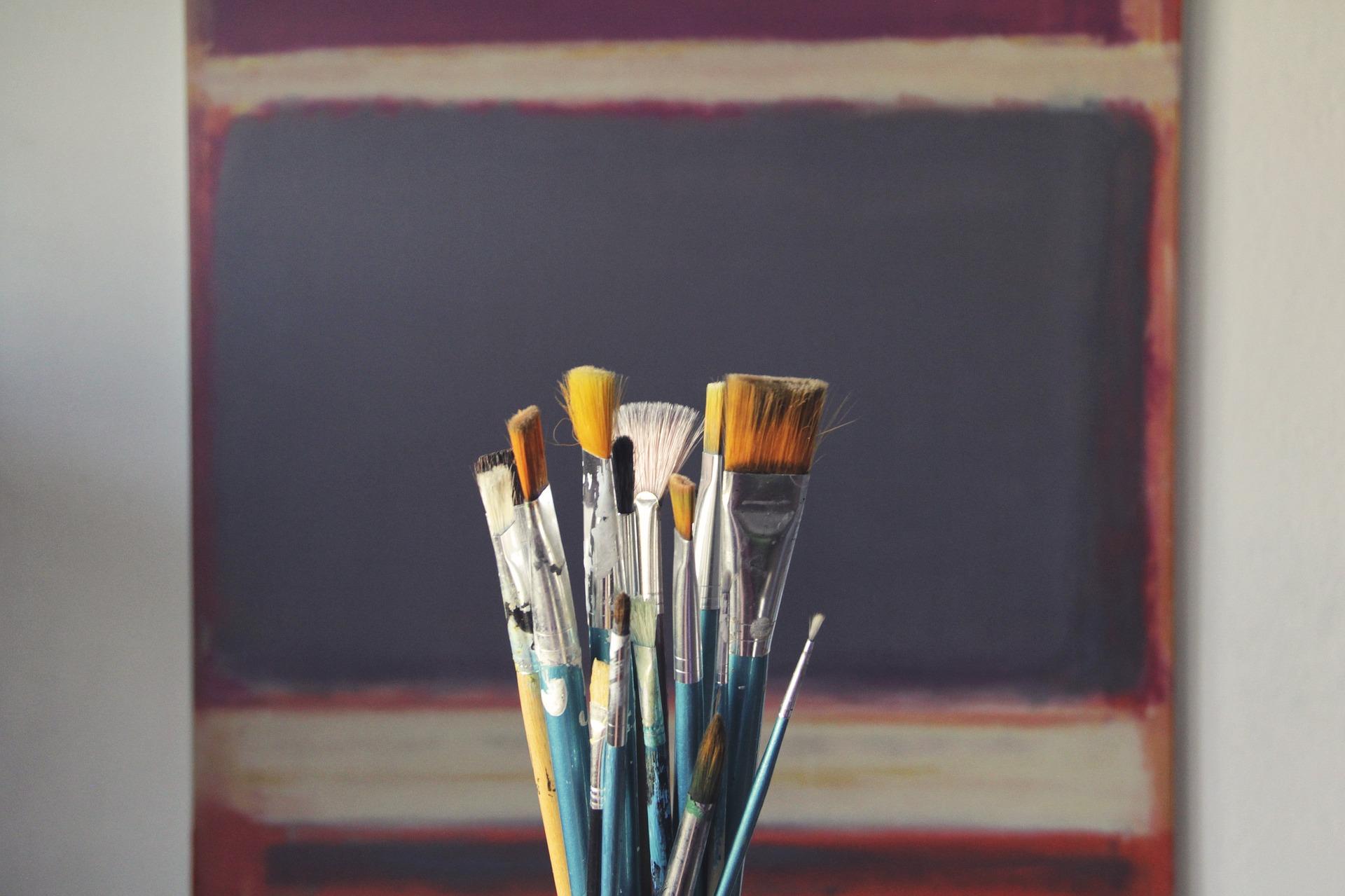
Stay clear of cheap brushes that are usually for children. Synthetic hair come out very quickly and your brush won't last very long if you use it regularly.
How Much Should I Pay?
The price of brushes varies enormously according to the type. The main reasons for an expensive brush can be the type of wood and the type of hair used. If you're working with a small budget, try to find a compromise between quality and price. Find out where you can take private painting lessons!

What Surface Should I Paint On?
Many artists choose to paint their artwork onto canvas. These give you a large surface to paint on and are strong enough to be exposed. But of course, several types of canvas are available. Some canvases are made of linen. This material is perfect because it's solid and absorbent. However, linen canvases are often the most expensive. The most commonly used is the polyester canvas. It is reasonably priced and is good quality. This type of canvas does not crease too easily, unlike cotton fabric. Indeed, the latter is the cheapest, but the quality often leaves something to be desired. The surface loosens over time and with changes in temperature. This is not ideal when a professional painter or art student wants to exhibit their works in a variety of places.
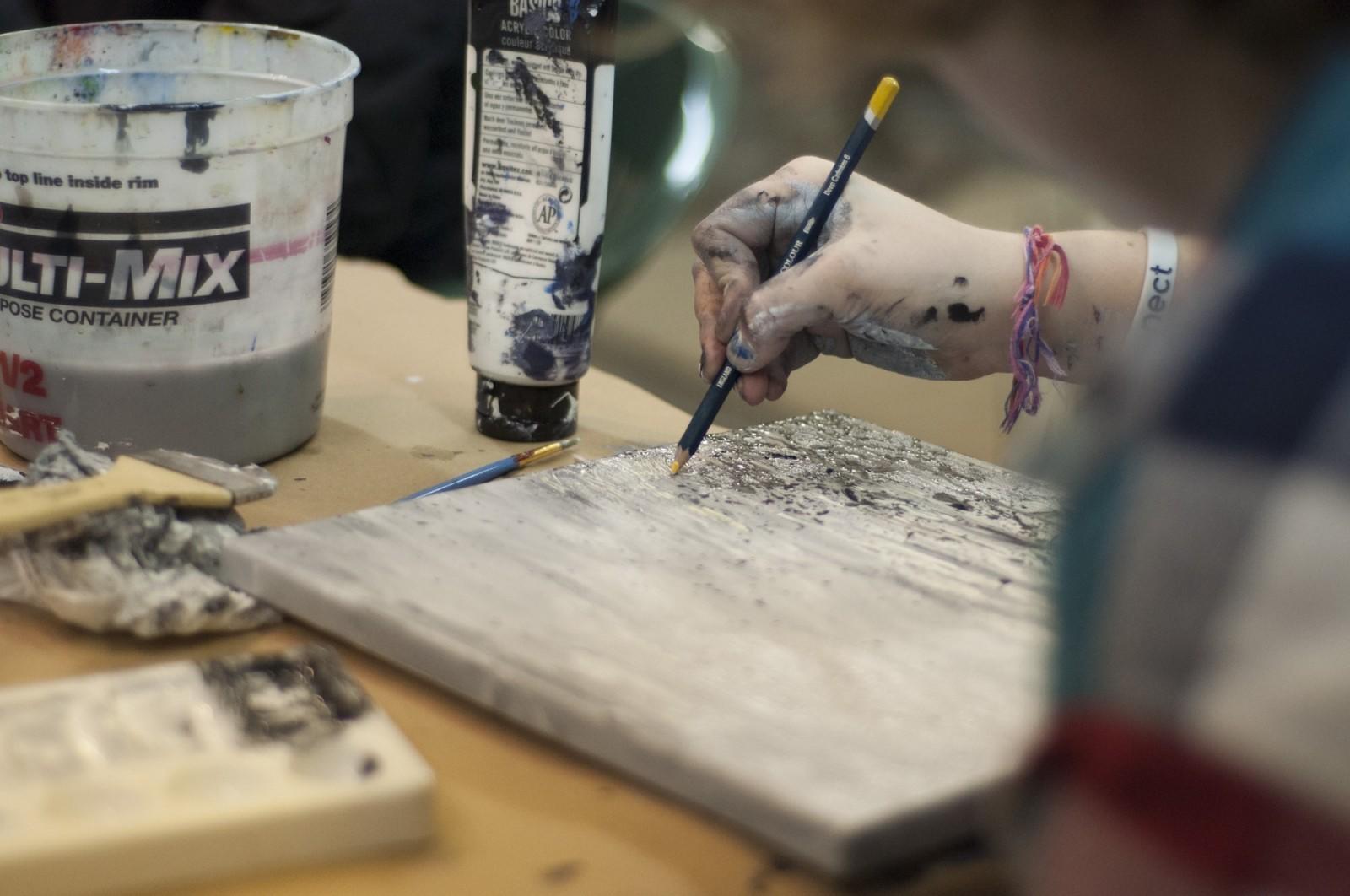
If your preference is watercolors, you probably prefer using paper. In this case, you need to look at the thickness and the grain. Some paper is smoother than others, they snag the brush less. And for the most original artists out there, why not get creative and try using wood or even porcelain. Join the discussion: can painting be learned online?
Other Useful Art Accessories
To paint the most beautiful portrait, you might want to add a few more accessories to your kit. Equipment that will still serve you well when it comes to painting your great-grandchildren.
The Easel
Painters who like using a canvas must find a stand to support it so they can easily exhibit their creations.
The Palette
Often forgotten about, a palette can be very helpful for painters. It is very hard to work on a piece of paper. Most pallets are, therefore, made of wood. Some shops also sell a whole pad of special paper in the shape of a palette. This may be preferred by painters who don't like to overlap several layers of paint. On the other hand, if you don't have a palette, cardboard always comes in handy to remove excess paint from the brush.
The Art Box
Once you have all the right equipment, you'll need to take care of it. Especially since your brushes can be kept for many years if they are looked after. A small case or box is perfect for protecting your art equipment.
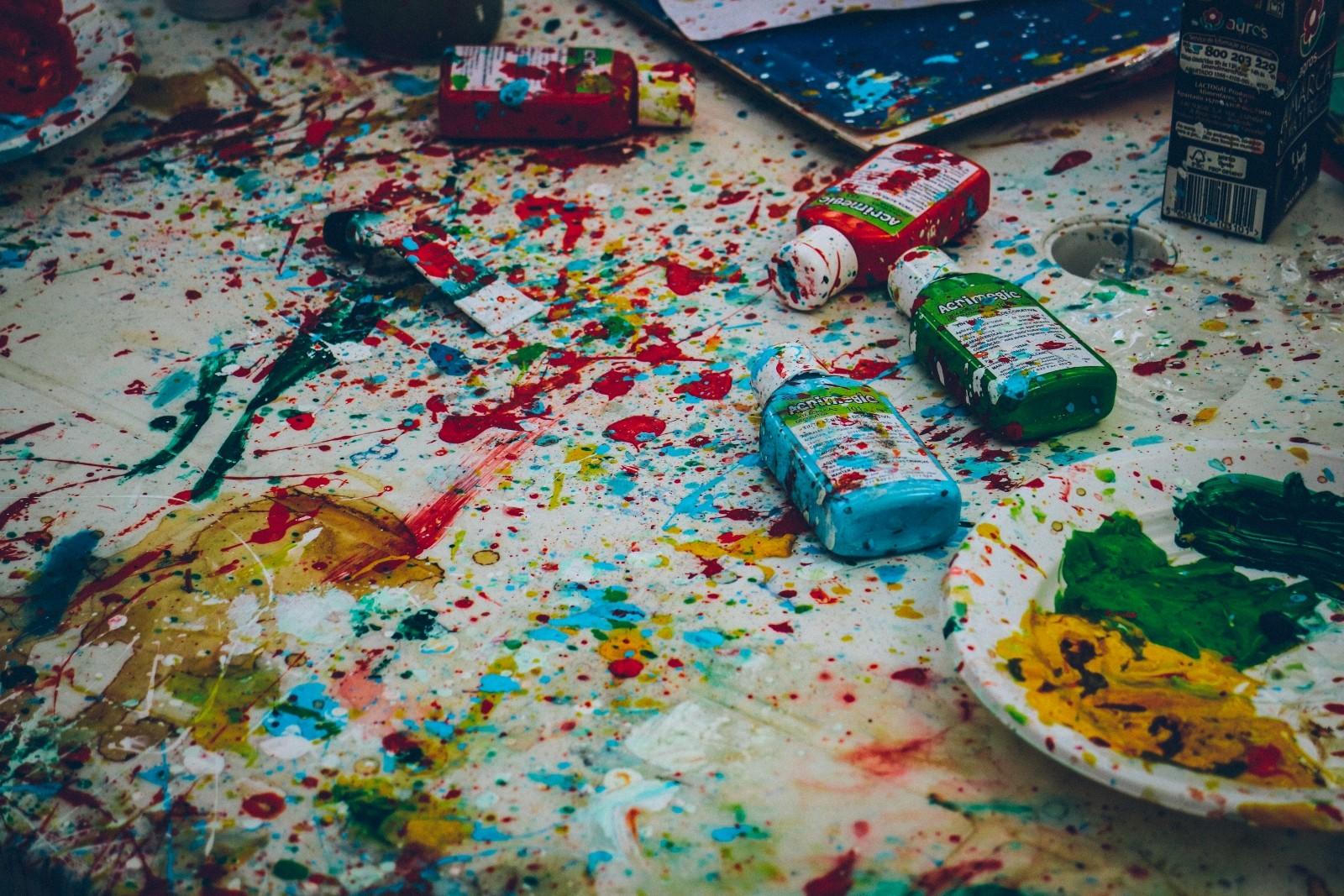
Your painting kit can hold a number of accessories, there are no limits (extra fine brushes, casting, special-effect paints, gilding, decorative painting, painting on fabric, etc.). Some people like to use a pot of water, others a cloth to clean their brushes, ... It all depends on your painting techniques (porcelain painting, watercolour painting, painting on glass, Ink wash painting, ...). Every artist has their own unique way of painting.
Where to Buy Your Art Supplies
Watercolour paper, white spirit, painting palettes, linseed oil, dry pastels, Canson paper, graphite pencils, paint stripper, thickening agent, varnish, Sienna, paint thinner, canvases, fine art materials are all easily found in specialised art shops. Case Art and Hobby Craft are examples of good art shops, popular with art students and even professional painters. Here you will find a wide range of painting and drawing supplies:
- Charcoal,
- Stencils,
- Mechanical pencils,
- Markers,
- Colouring pencils,
- Spraypaint,
- Drawing paper,
- Paint pots,
- Painting surfaces,
- Paint rollers,
- Brushes, etc.
If you take painting classes, your teacher will surely encourage you to go to one of these stores to find good quality materials. Of course, you can also buy online or at large retailers but you won't get the same advice or selection. On the other hand, it be a good way to get the basic supplies at an affordable price. Whatever way you decide to paint, you now know what you need to get going! Now learn more about how you can become a painter...
Other Tools for Artistic Endeavors
The Best Graphic Tablets for Illustrators and Cartoonists
Of course, graphic tablets are not limited only to drawing manga or cartoon figures. However, if you wish to break into that market as a graphic designer, you must know a thing or two about how to draw, using such a medium.
Today's mainstream art creation is inextricably tied to the digital world.
If you have ever opened any computer application meant for making doodles and attempted to draw, using only your optical mouse, trackball or touchscreen, you know how inexact, nay! downright dismal! those apps can be. Not with a graphic tablet. Such a peripheral tool connects to your computer via USB; some models can even connect wirelessly. It is a pressure-sensitive pad that comes equipped with a stylus; and that is where the resemblance to a graphite pencil and drawing paper end. It can be disconcerting, at first, to trace the tip of the stylus along, with nothing appearing under your hand, as it would if you were sketching on paper. Producing art on a graphic tablet calls for an evolution of your hand-eye coordination. Using this equipment, you would see lines and contour appear on a computer screen, unless you invest in an LCD tablet, which has a display built-in.
Also, whereas traditional artists use an eraser – a completely separate tool from the pencil, for shading and blending, graphic tablets have a totally different utility for that purpose. And, while a purist might have a pencil case full of implements of different thicknesses and composition for varying the darkness and broadness of pencil strokes, a graphic artist needs only to press harder on the sensitive pad to make a thicker, darker line. Selecting a graphic tablet comes down to your needs: are you taking a Drawing for Beginners class, and your art teacher requires you to furnish a tablet? Are you a professional portrait artist, ready to modernise your studio? Do you just like cartooning, or drawing cool things? If you are ready to make your mark (pun intended) on the graphic arts world, here is what you should look for in a tablet:
- the size of the tablet (the area available to draw in)
- the resolution of the tablet
- the stylus and pad sensitivity
- software compatibility (with your computer's operating system)
You can find such tablets at a range of prices, depending on the features and resolution you are looking for. Entry-level ones start at around 50 USD; high-grade tablets can run into the hundreds of pounds.
In art circles, the Wacom tablet is generally recognized as the leader in the technology of digital drawing.
Online Interactive White Boards
If you are not quite sure of where you artistic aspirations might lead, you may want to hold off on investing in a digital painting device. Interactive white boards online is an alternative to purchasing a graphic tablet. In an IWB, as such applications are known, you have a collaborative visual communication tool that allows you to create art drawing online. You can share your work and invite your friends' or colleagues' input on the art project. IWBs have been taken out of the boardroom, where they were originally used to brainstorm, mind map, and cultivate ideas. Online, they have seduced a wider, more diverse audience, including schools, and individuals who are learning how to draw. These web-based white boards, while great to hone your drawing skills, also suit as:
- element integrators: you can add photos, music, voice and video to your artistic expression
- chat gateways to other artists; great for developing your drawing techniques
- export portals for your sketches: you can upload them into your blog or other social media outlet
- an open document sharing marketplace
Naturally, each IWB has its own properties. Some permit step by step drawing among a group of artists while others forbid collaboration. Most sites allow basic drawing lessons in figure drawing with only a login; others demand a fee to access their sites' premium features. If you want to try your hand at perspective drawing or three dimensional art online, here are a few sites to try:
- Flockdraw
- Deekit
- Aww app
- PixiClip
Working on these sites, and perhaps benefiting from drawing tutorials by an established illustrator, makes having a go at these easy drawing pages worth your time.
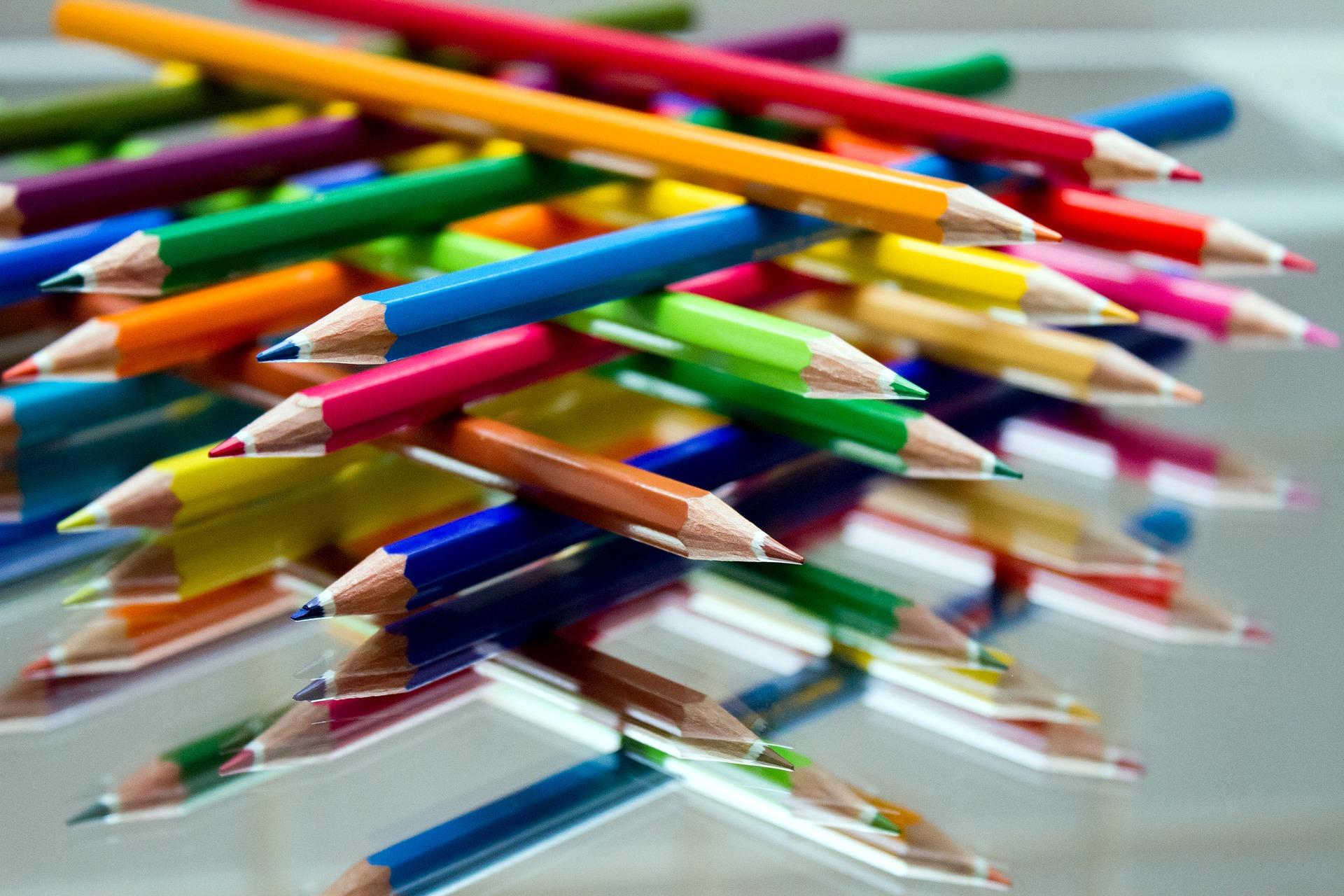
For Those Who Prefer the Pencil
Are you one of those who would rather draw people or a still life, feeling the reassuring warmth of a sketchbook, with the smell of Conté crayons wafting about? There is a lot to be said for an artist who knows how to draw people without the benefit of technology to erase erroneous contour lines. So: how do you go about choosing your drawing pencil without first receiving instruction on the different types in art school? Here are a few tips, to get you started...
Drawing pencils are classified along two broad lines:
- Hard points, or H-series pencils are generally used for technical drawings, or a quick sketch. Lines and shadows erase well with a simple rubber.
- Black points, or B-series enjoy expansive use by artists of all stripes. Their greasy leads permit wider, darker lines, the more pressure that is put on them while drawing. A kneaded eraser is generally necessary to obliterate erroneous contours.
Both categories of pencil are rated from their initial – H and B, up to #10: the higher the number, the greater its particular quality. An H10 pencil would be most brittle and a B10, most greasy. Staedtler, Derwent and Faber-Castell are all time-tested brands with solid reputations. Each brand produces a line of colored pencils, as well. You could also opt for mechanical pencils and buy a stock of different leads. In addition to ye olde pencil of pencil and paper fame, you may also want to try:
- Charcoal pencils: indispensable for drawing faces or creating light and shadow.
- Be sure to spray a sealer on your charcoal drawing once it is finished.
- Hematite pencils give a Renaissance feel to your renderings.
- This is a great medium for working your colored pencils techniques
- Pierre Noire: comparable to charcoal in every way but the mess, it gives a fine, matte black finish to your pencil drawing
- the blue pencil, essential for drawing anything that you will later scan into a computer to finish.
- Anything drawn in this particular shade of blue will disappear when scanned or copied.

